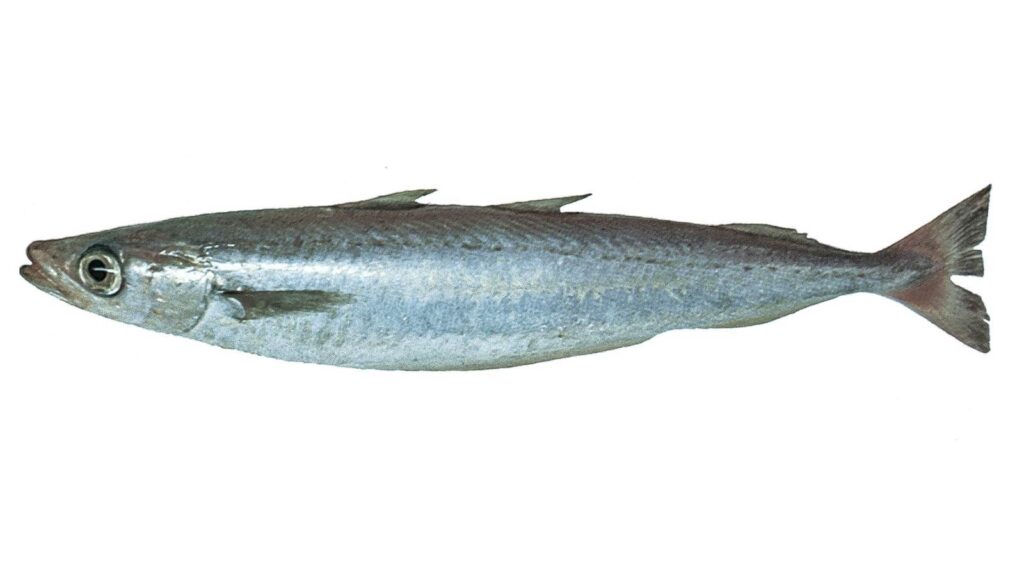Pelagic fish (from the greek word “pelagos”) is fish that swims out in the open sea. The best known pelagic fish is mackerel, herring, horse mackerel and capelin.
These types of fish are recognized by a much larger migration pattern than other fish, for example cod, saithe and haddock.
MACKEREL – SCOMBER SCOMBRUS
The mackerel is well known for its blue-green color and round shape. The mackerel can be found in the entire Northeast Atlantic Ocean. It has several preferred spawning grounds, from the coast of Portugal to the North Sea, and at the west coast of Ireland. After spawning, the fish migrates north-east in order to feed. During August the mackerel migrates toward the norwegian coast, before returning to their preferred spawning grounds.
Catching season: From September until the beginning of February.
Size: 100 grams – 1000 grams.
Round frozen in 10 or 20 kgs carton

SPRING SPAWNING HERRING (ATLANTIC HERRING) – CLUPEA HARENGUS L.
After spawning outside the coast of Ålesund, the herring spreads across the Atlantic Ocean to find food, while the herring fry travels with the ocean flows to the Barents Sea. The most common feeding ground is North West in the Atlantic Ocean, between The Faroe Islands, Iceland, Spitsbergen and in the Barents Sea. In September, the fish returns to the Norwegian coast towards Lofoten in the northern part of Norway, and gathers in large shoals. The herring spends the winter months outside Lofoten and Vesterålen. During October – December we produce food herring with excellent fat content and the best taste. In January – February the herring migrates south to the coast outside Ålesund, for spawning. At that time we produce top quality roe herring and roe products.
Size: from 200 to 450 gram
Catching season: Caught by the Norwegian fleet between September and March
HERRING FLAPS (produced at Vikomar og Hopen Fisk)
Double filets (flaps) are produced by removing the backbone but without removing the skin. Next, the double filets are vacuum packed in 20 kg cartons.
SINGLE FILLETS OF HERRING
(produced at Vikomar and Hopen Fisk)
Single filets can be produced with or without skin. Then, it is vacuum packed in 20 kg cartons.
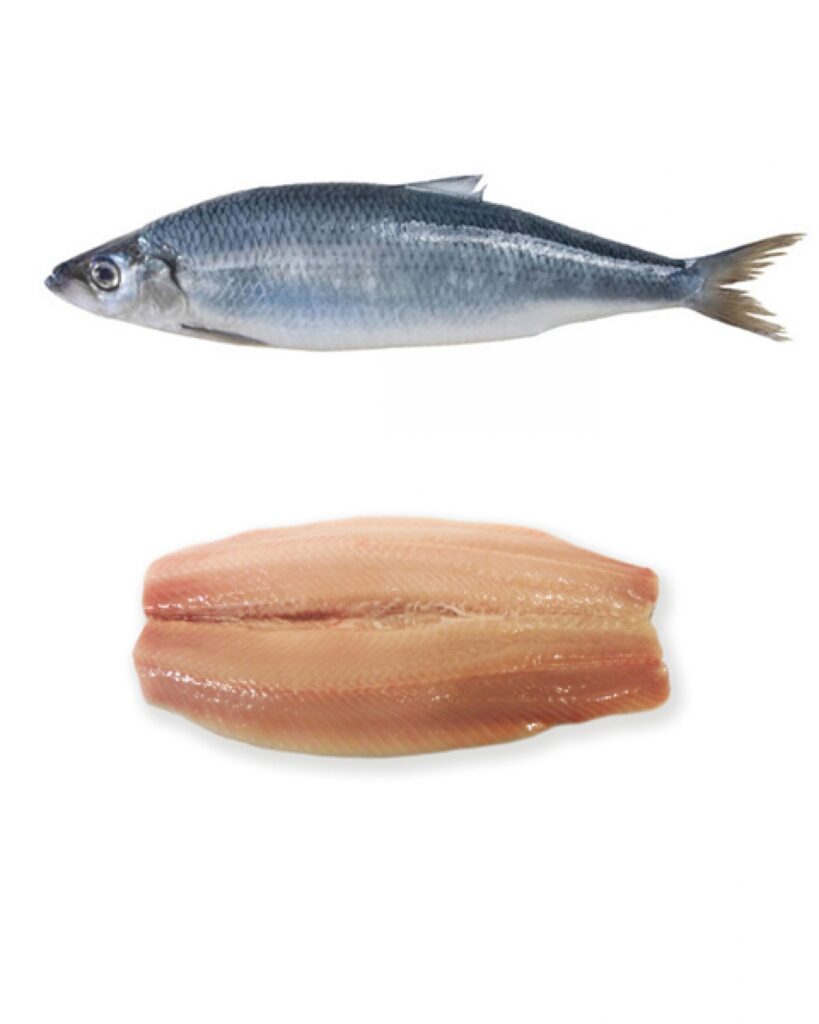
NORTH SEA HERRING – CLUPEA HARENGUS
The North Sea herring is a pelagic fish, which is found in the North Sea and Skagerak. When it is time for spawning it travels west in the North Sea, and can be found even as far South as The English Channel. Spawning: August – September, mainly north of Scotland and south of Shetland.
After the spawning the herring migrates back to the North Sea.
Size: from 100 to 300 gram
Catching season: mainly caught by the Swedish fleet from May – June, and in the late autumn
HERRING FLAPS (produced at Vikomar and Hopen Fisk)
Double filets (flaps) are produced by removing the backbone but without removing the skin. Next, the double filets are vacuum packed in 20 kg cartons.
SINGLE FILLETS OF HERRING (produced at Vikomar and Hopen Fisk)
Single filets can be produced with or without skin. Then, it is vacuum packed in 20 kg cartons.
FROZEN WHOLE
Produced in 20 kg cartons.
SIZE GRADING
Size grading of fillets, flaps and whole round herring can be adjusted in accordance with customer preferences.
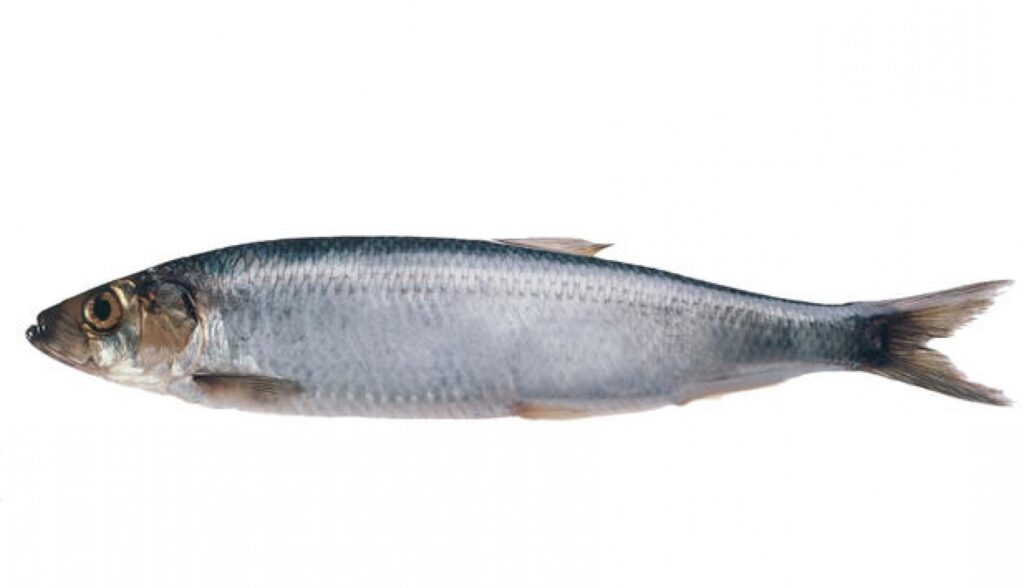
CAPELIN – MALLOTUS VILLOSUS
The capelin can be found in large parts of the Barents Sea. In January – February, it migrates towards the coast of North Sweden, and when it is time to spawn, it moves into the fjords of Troms and Finnmark. There is also capelin north of Iceland, that migrates to the southwest coast of Iceland when they are ready to spawn.
Size: 25 pcs / kg – 75 pcs / kg
Catching season: February – March
Round frozen in 20 kgs carton
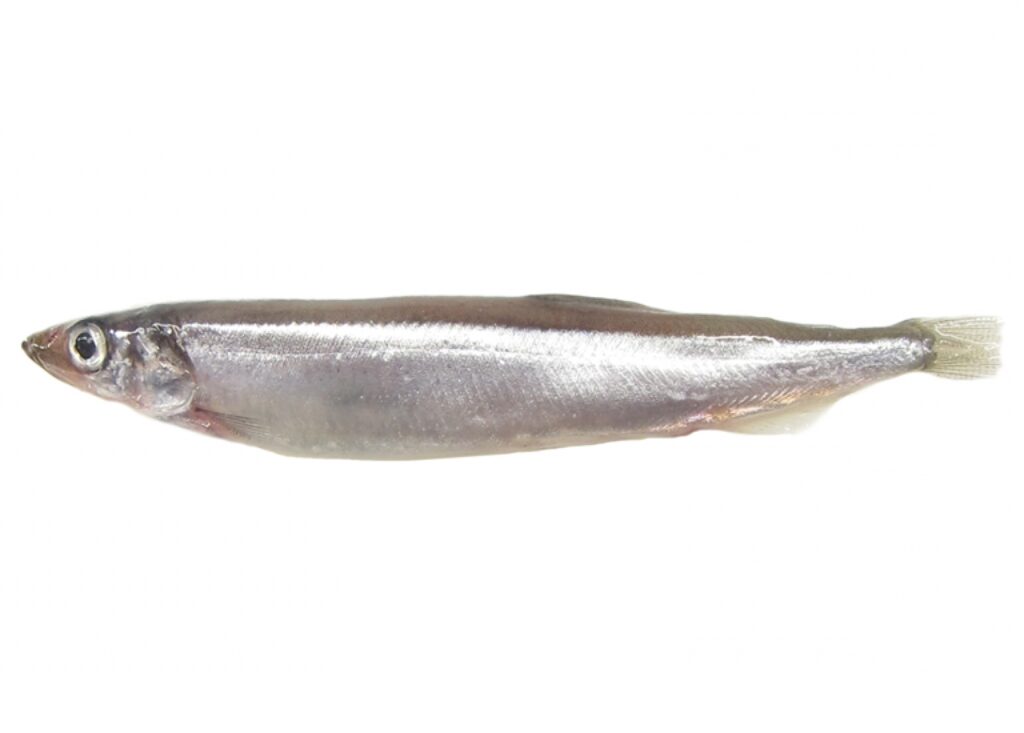
HORSE MACKEREL - TRACHURUS TRACHURUS
The Horse Mackerel, gets it’s common name from the legend that other smaller species of fish can ride on the back of it over great distances. It gathers in schools in coastal waters, where it feeds on crustaceans, squid and other fish.
Round frozen in 20 kgs cartons
Catching season: Autumn
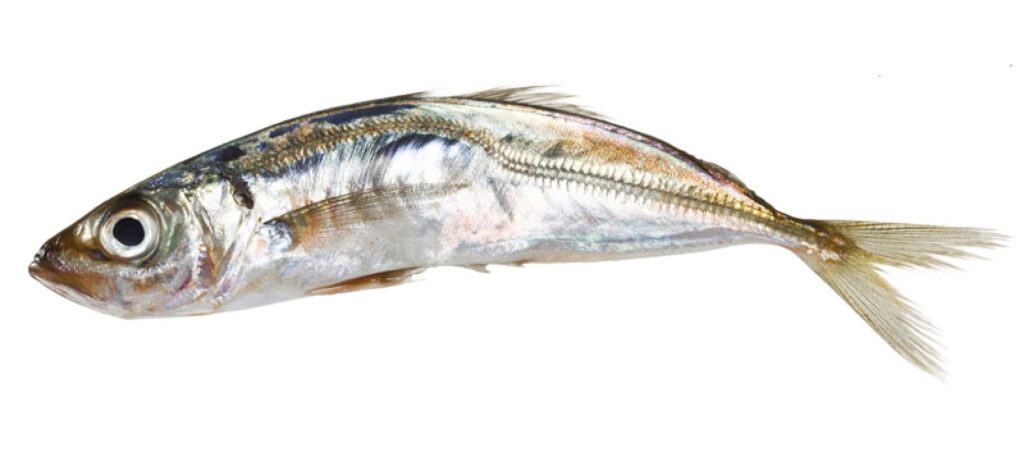
BLUE WHITING - MICROMESISTIUS POUTASSOU
The blue whiting is common in the northeast Atlantic Ocean from Morocco to Iceland and Spitsbergen. The species has become increasingly important to the fishing industries of northern European countries. The fish is usually processed into fish meal and oil. However, the blue whiting are now more often sold as human consumption fish (frozen) for China, Africa, Russia and other countries in Eastern Europe. The blue whiting in the northeast Atlantic mainly occupies the economic zone (EEZ) of the Faroe Islands, the European Union, Iceland and Norway.
Catching season (human consumption): March – April
